

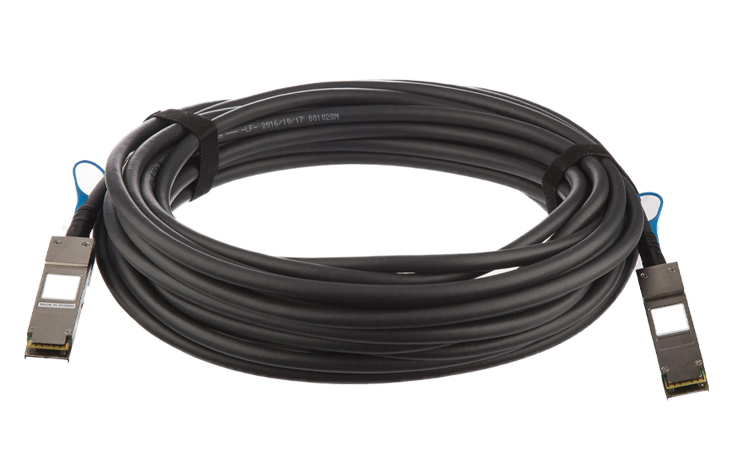
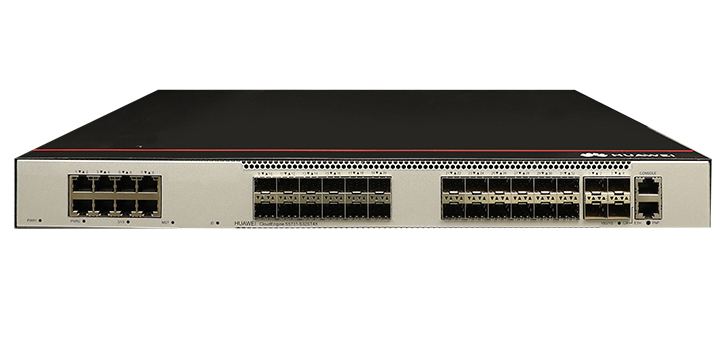



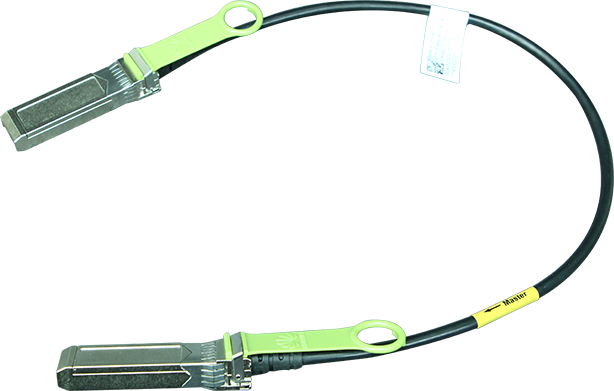
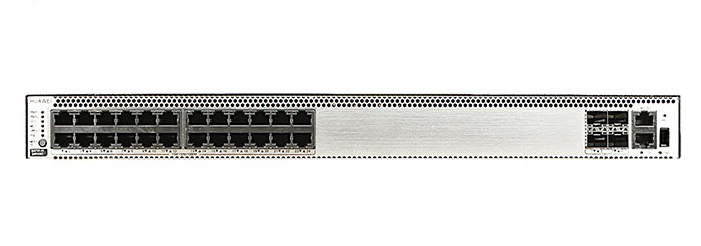



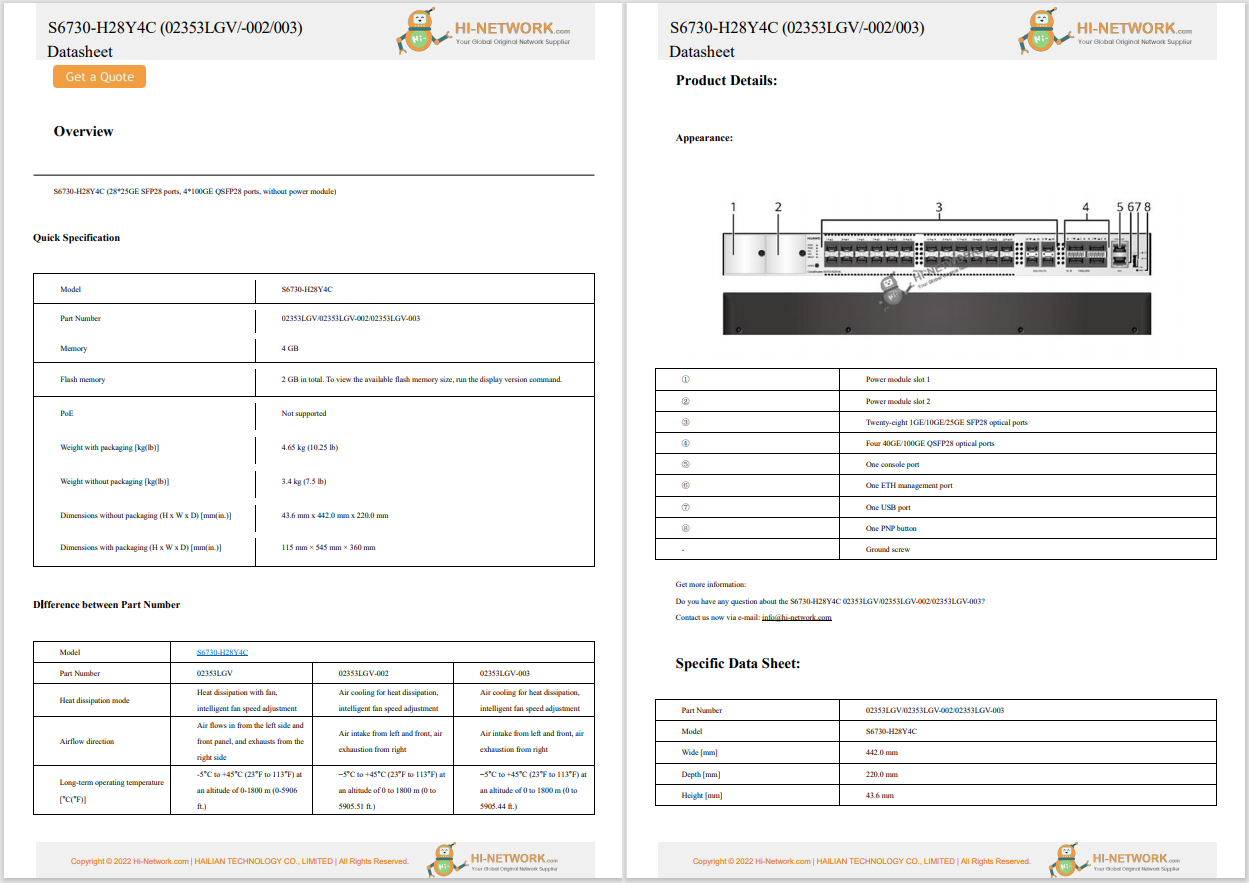


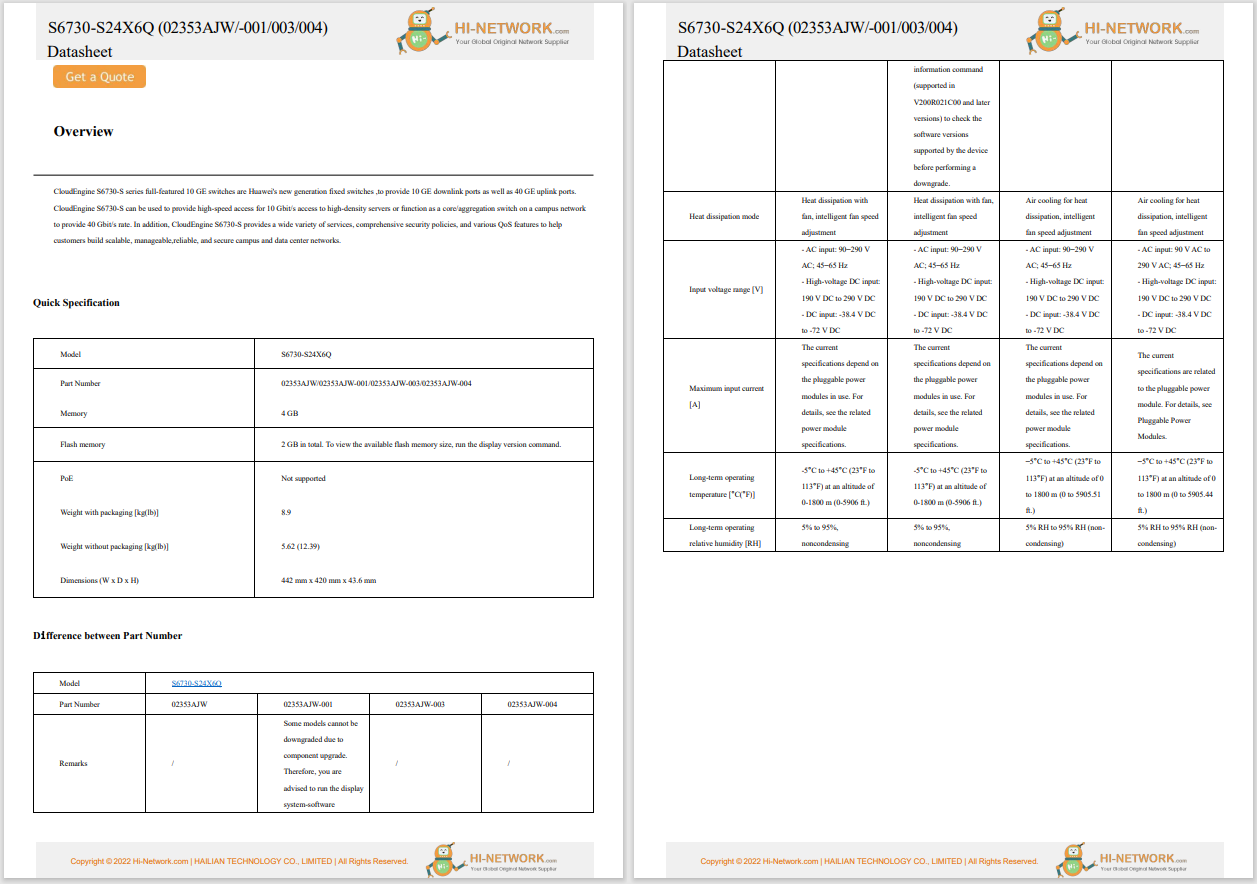

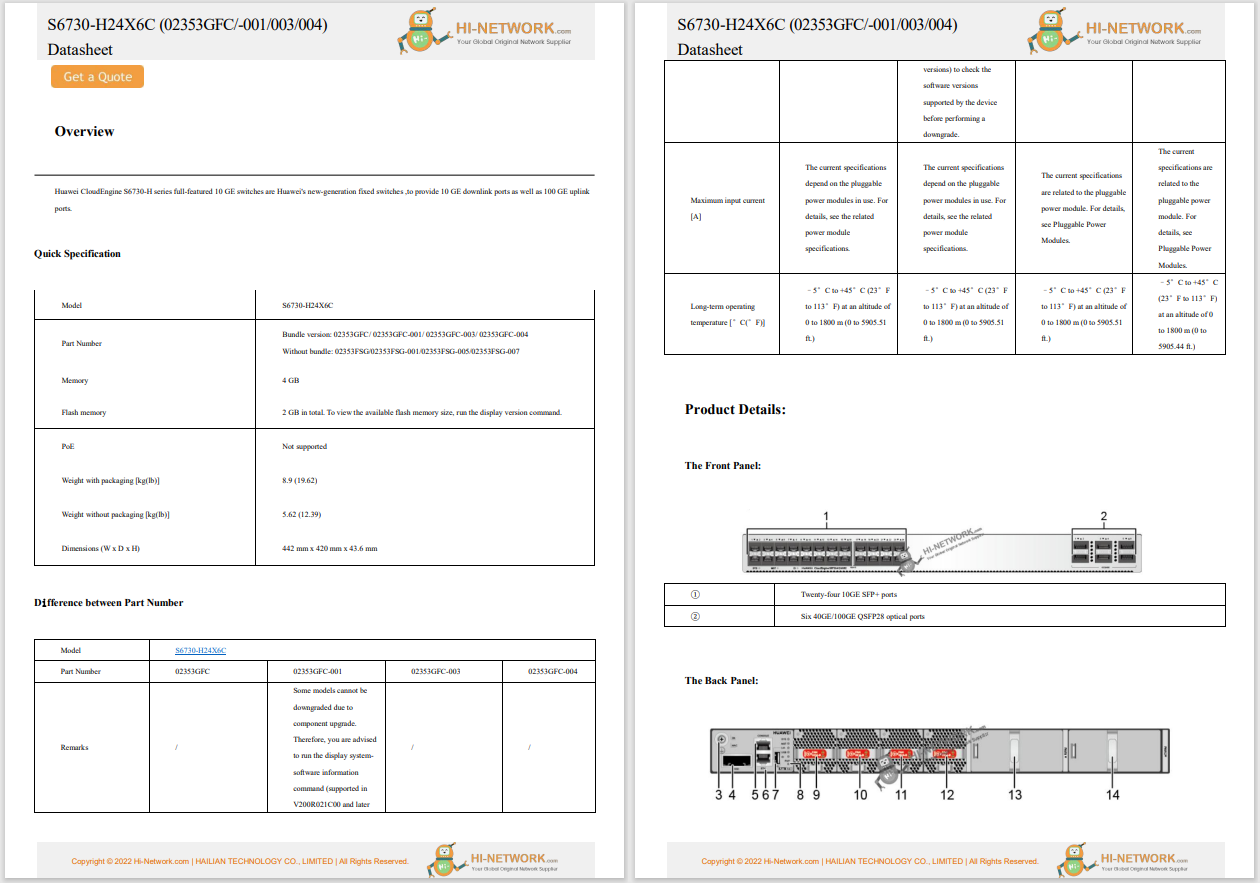
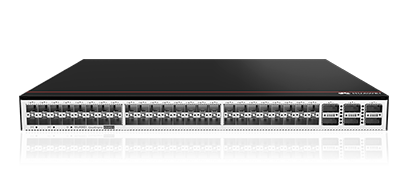
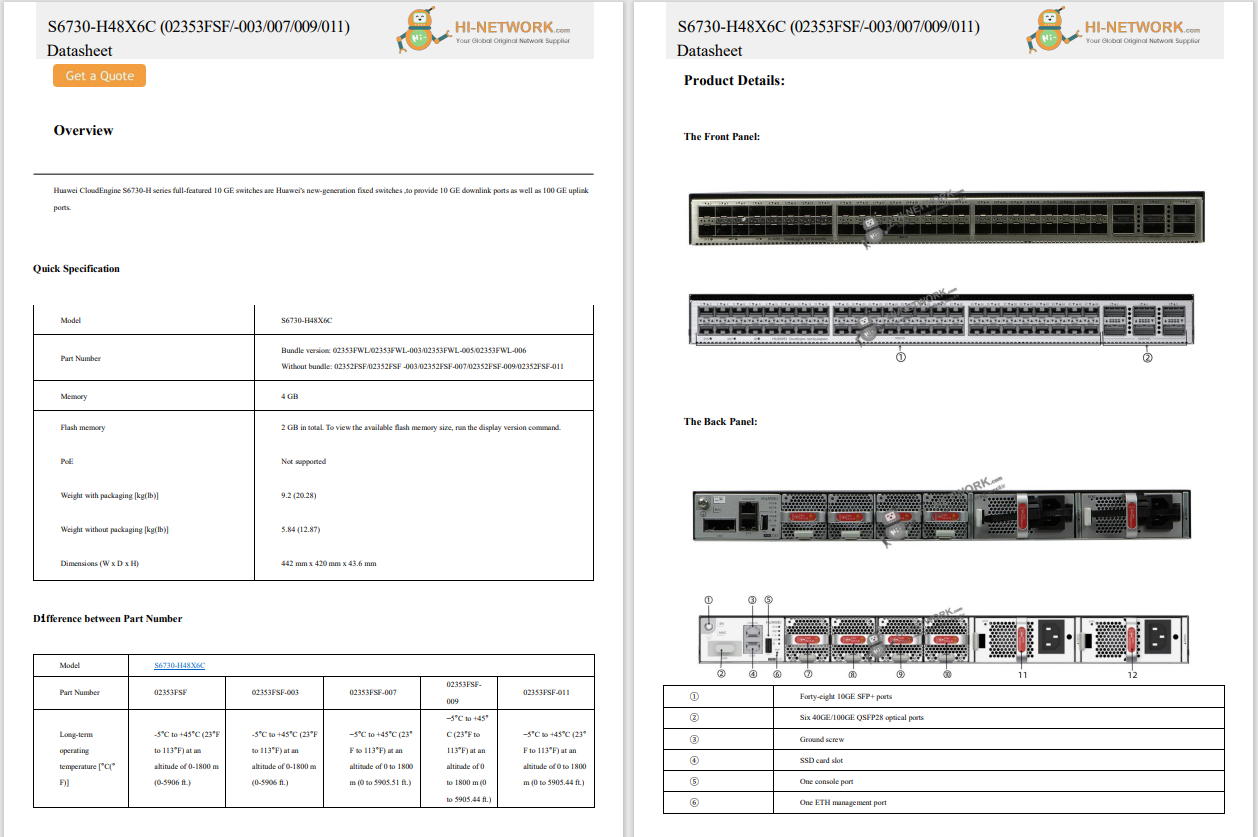
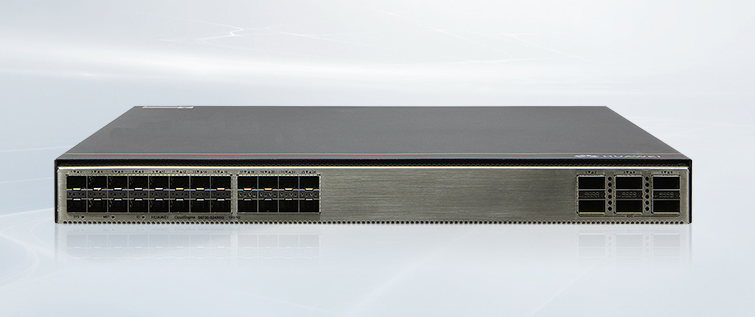



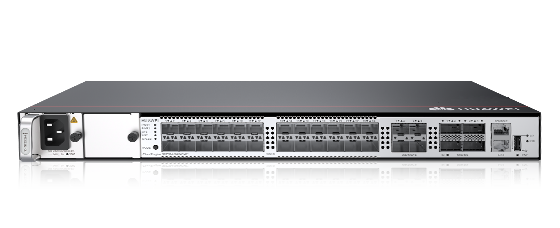
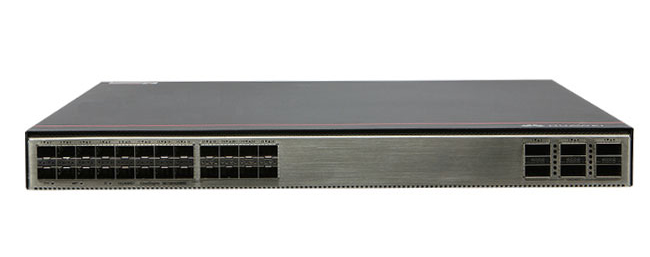



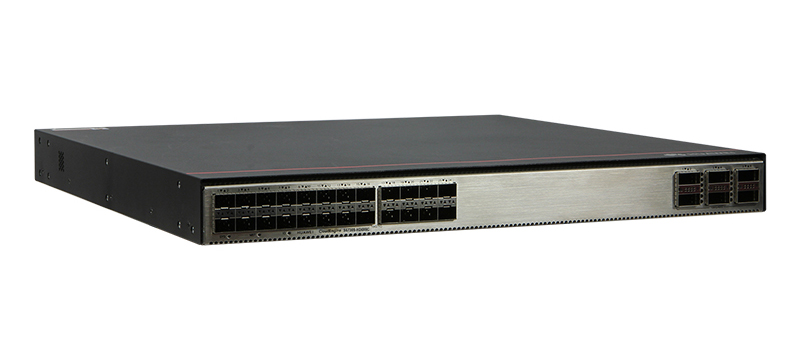
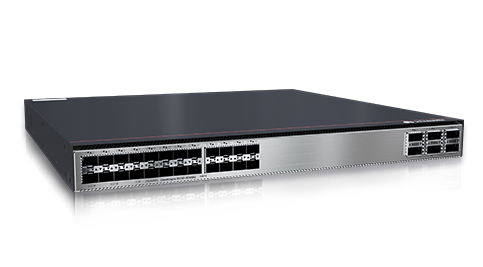
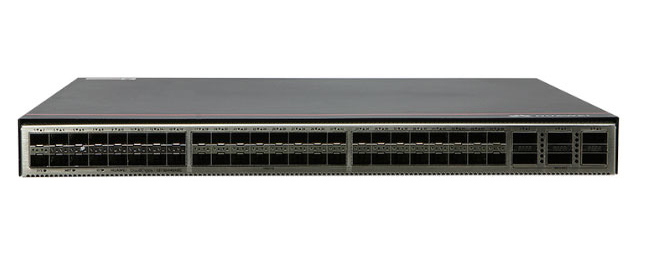

When Asus officially announced theZenbook A14 at CES this year, I wasn't the only one to be low-key enamored with it. It's a great laptop in its own right, but it stands out as a successful balancing act between performance and affordability while hitting all the right notes that consumers care about.
Made of Asus' proprietary ceraluminum material, the Zenbook A14 almost feels like a prototype model that's empty inside, as it's exceedingly light at just 2.1 pounds (for reference, the 13-inch MacBook Air is 2.7 pounds). When you set it down, the device opens easily with the lift of a single finger, revealing the brilliant OLED display.
Also: I tested Asus' dual-screen laptop, and it sparked my creativity in the best way
Asus committed to a neutral-forward aesthetic with the A14. The brand messaging features muted tones and quiet, sophisticated imagery punctuated by natural motifs, and, overall, it works to form a cohesive identity.
The Zenbook A14 balances innovation with value, and has one of the longest-lasting batteries we've seen.
This aesthetic highlights Asus' determination to deliver a cohesive brand message while balancing innovation and cost. For example, the display on the Zenbook A14 looks good right out of the box. It's bright, crisp, and efficient. But closer inspection reveals that it's not as premium a display as you'd find on, say, Asus' ProArt P16.
The display is framed by plastic bezels carefully designed not tolookcheap, but again
 Tags quentes :
Tecnologia
Computação
Laptops
Tags quentes :
Tecnologia
Computação
Laptops